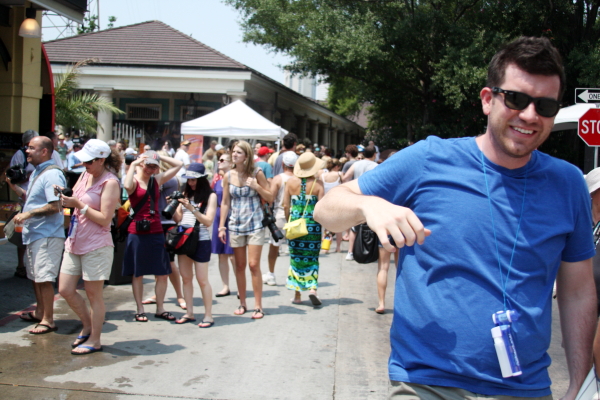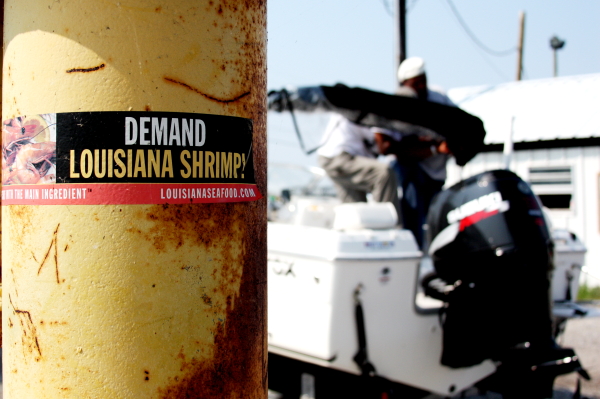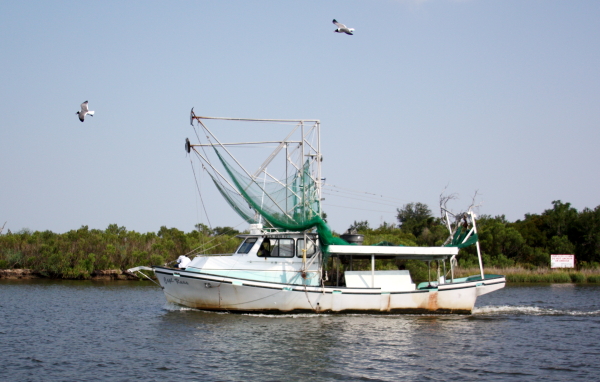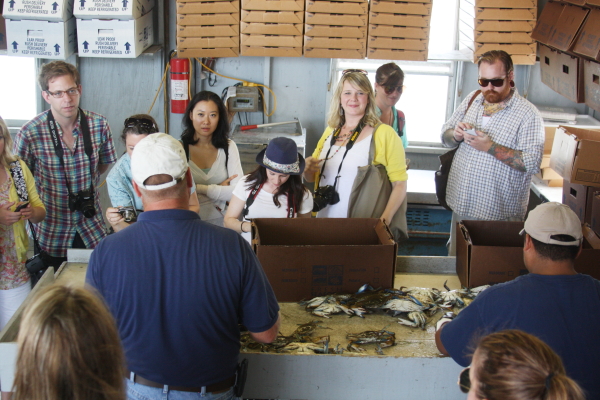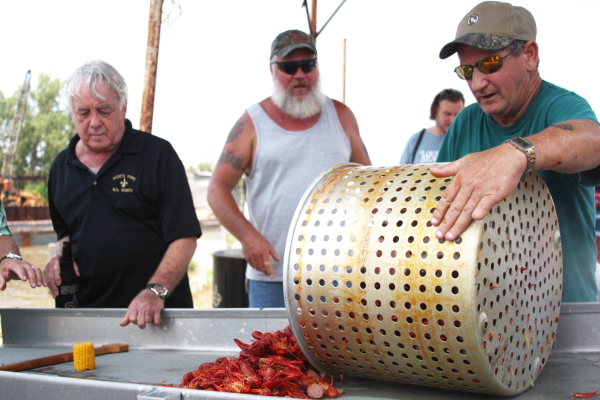
Food isn’t just a meal in New Orleans, it’s a way of life.
Of all the states I’ve visited, I have never been to any other American city where its inhabitants are so closely aware of their cultural history and culinary traditions.
New Orleans is a mélange of spicy cultures (French Canadian, Spanish, Africans, English, German, Italians, and Native American) that has created a uniquely colorful people with strong ties to family, food traditions and a shared heritage. I was charmed by the stone-lined sidewalks, Creole townhouses with iron-worked balconies, and hotels like the French Quarter’s Bourbon Orleans Hotel that have marketing materials that tout ghoulish history more than amenities. Brass bands paraded through the streets as second-liners [see glossary, below] danced a two step and waved handkerchiefs over their heads in celebration of marriage.
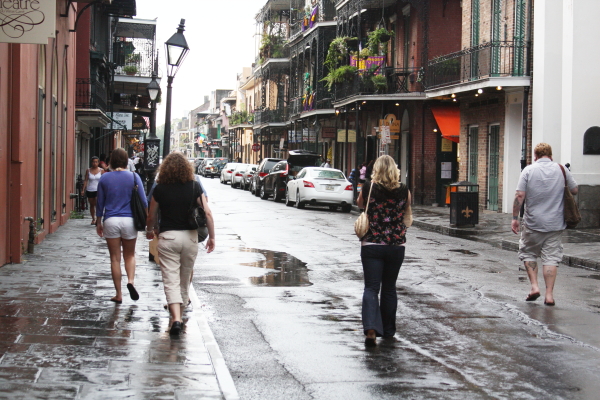
Always, the locals repeated this constant refrain: indulge in the city’s most famous dishes and forget about the caloric aftermath.
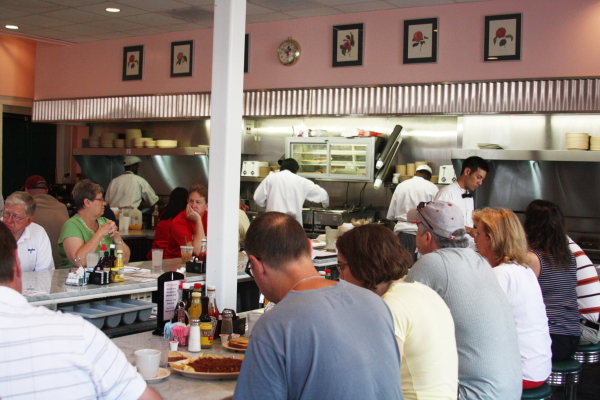
The food tour
For almost one full week, the food blogging tour of Louisiana was given unlimited access to culinary professionals and abundant samples of the state’s culinary bounty. Luckily for our bellies, our itinerary of eating started slow. But as the days went on we managed to shock even ourselves–professional eaters that we are–by the sheer amount of food we were able to consume.
On our first night in the city, Blake Killian, the man behind BlakeMakes, summoned us to our first dinner at Bistro Maison de Ville. Bow-tied waiters served a multi-course dinner dedicated to the theme of showcasing the best of Louisiana seafood. Course after course, we marveled at the freshness of the seafood and the firm texture of the perfectly cooked shrimp.
Camillia Grill
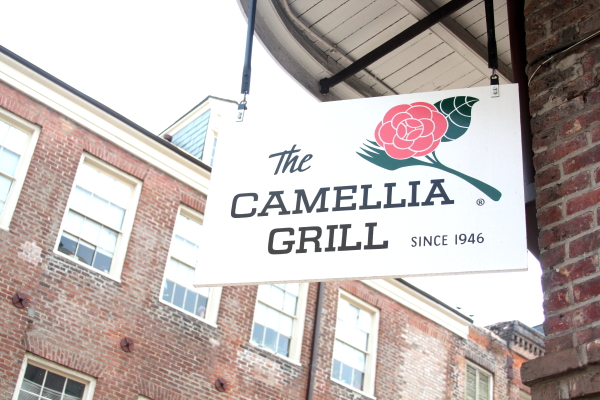
The following morning I joined a small, ambitious group of professional eaters (Chichi Wang, Maggy Keet, and Daniel Delany) to sneak in an extra meal before our first official eating excursion of the day. Daniel lead us to Camillia Grill, an all-day favorite with the locals since 1946. We ordered a few classics, including a show-stopping stack of pecan-studded pancakes. I don’t often shorten my words here at Food Woolf, but OMG.
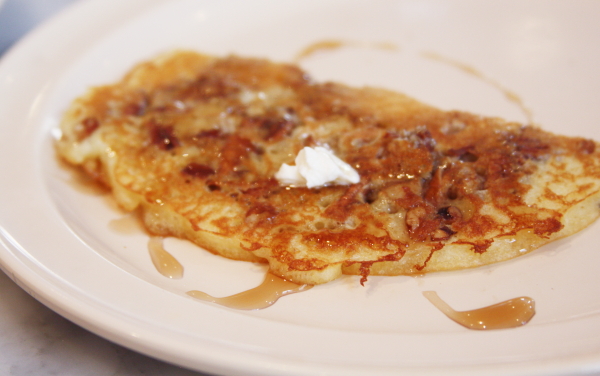
After polishing off a Manhattan Omelet (corned beef hash, cheddar cheese and potato stuffed eggs) and pecan pancakes, we staggered through the oppressive heat with swaying bellies. We gathered together under the watchful eye of Blake for a festival celebrating Creole Tomatoes, Cajun Zydeco music, and Louisiana Seafood.
